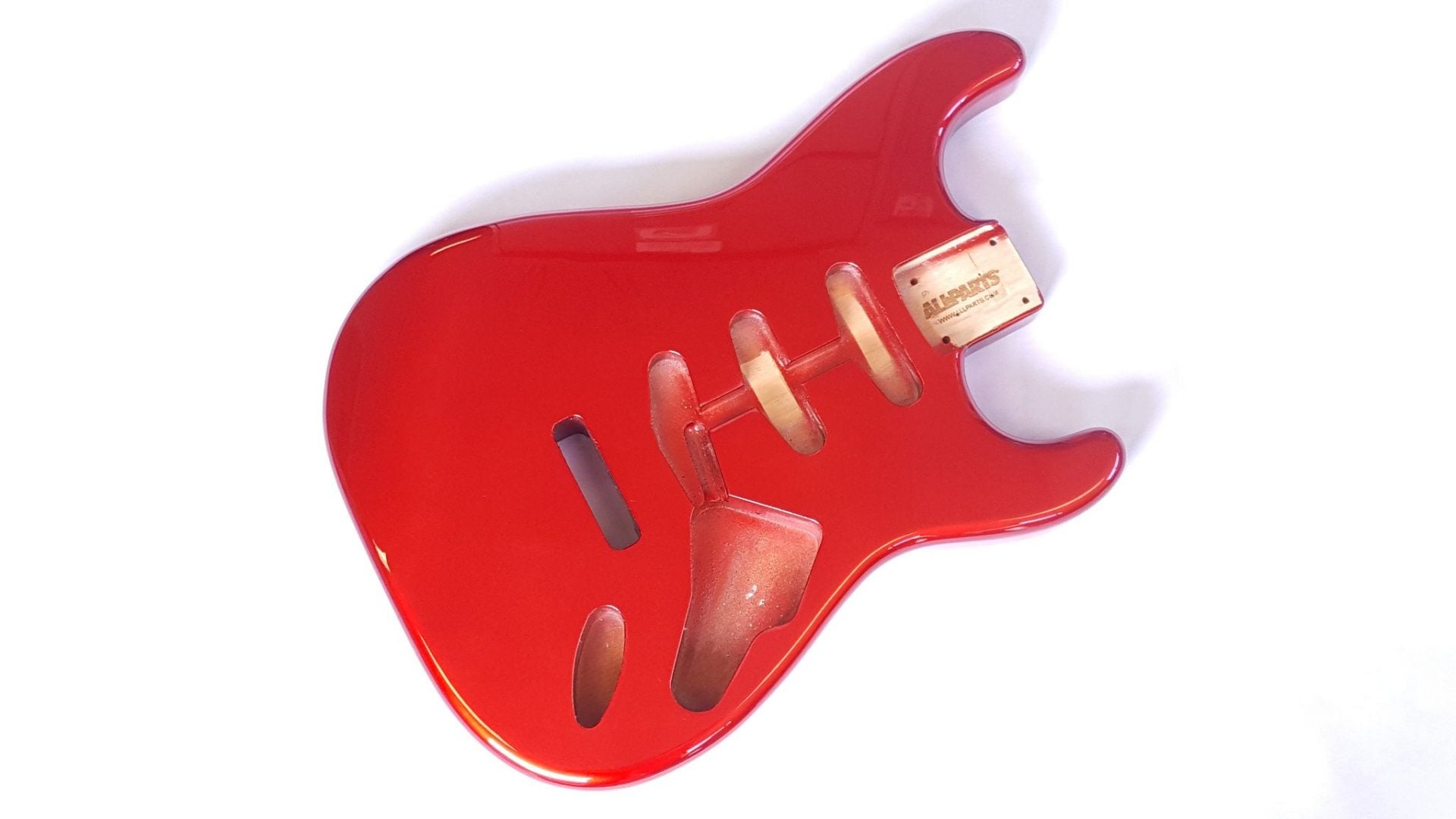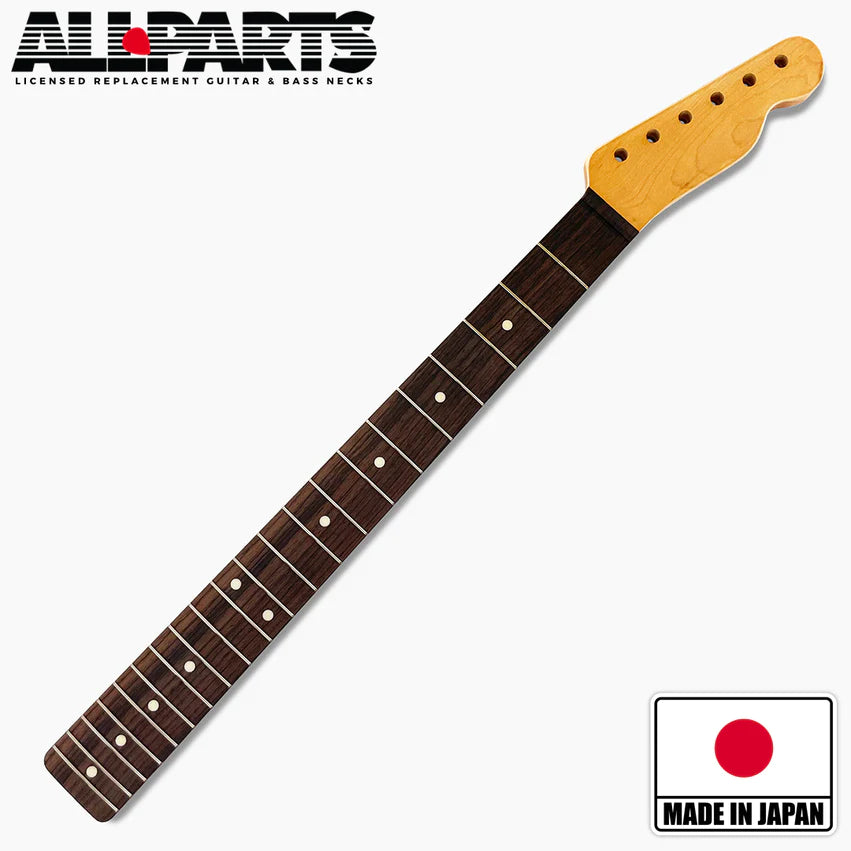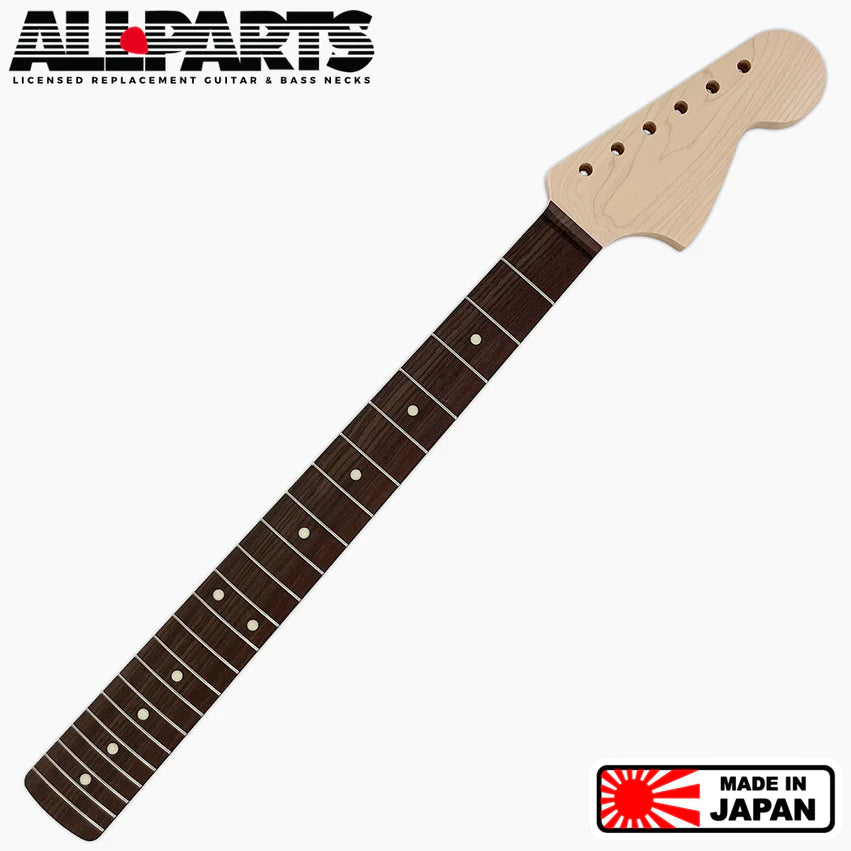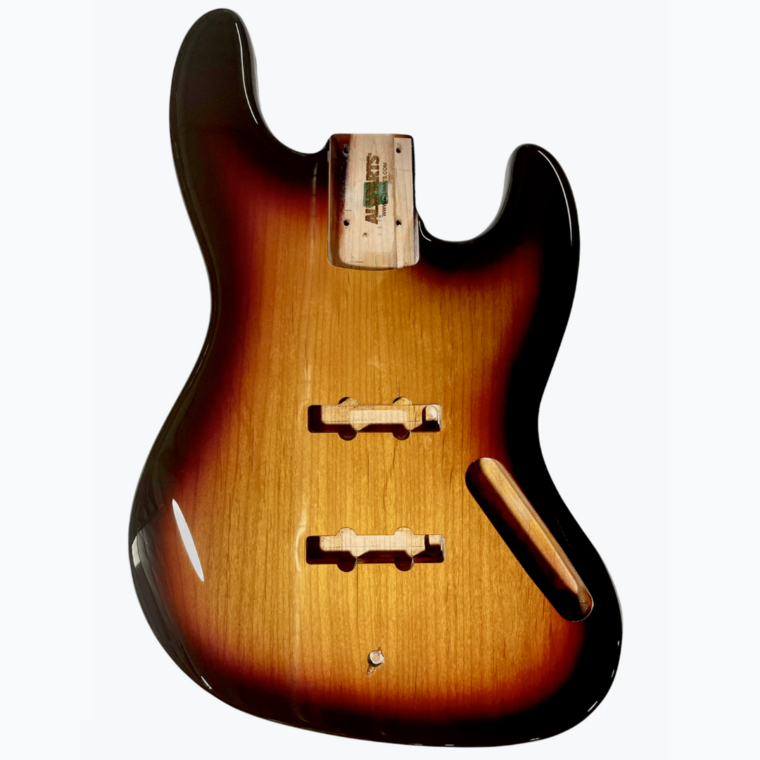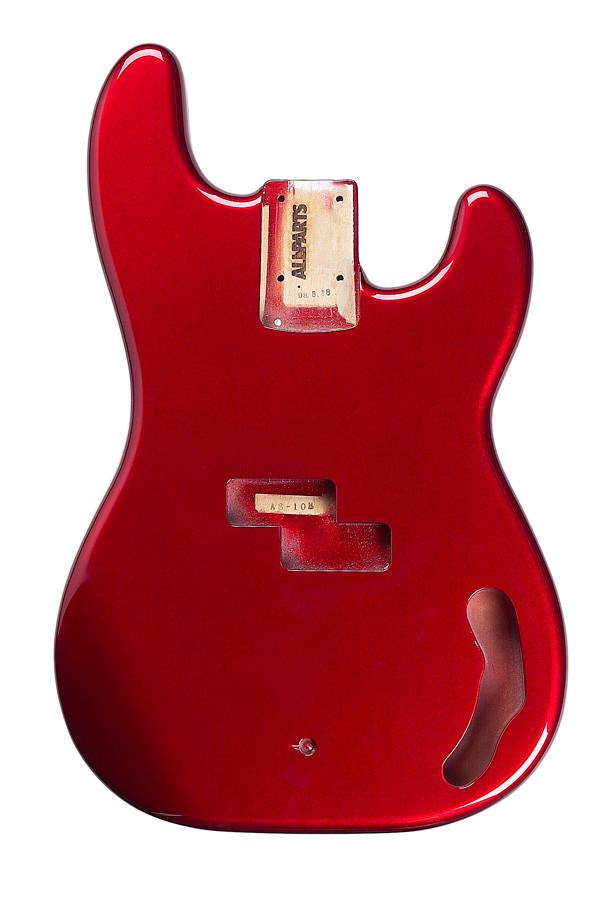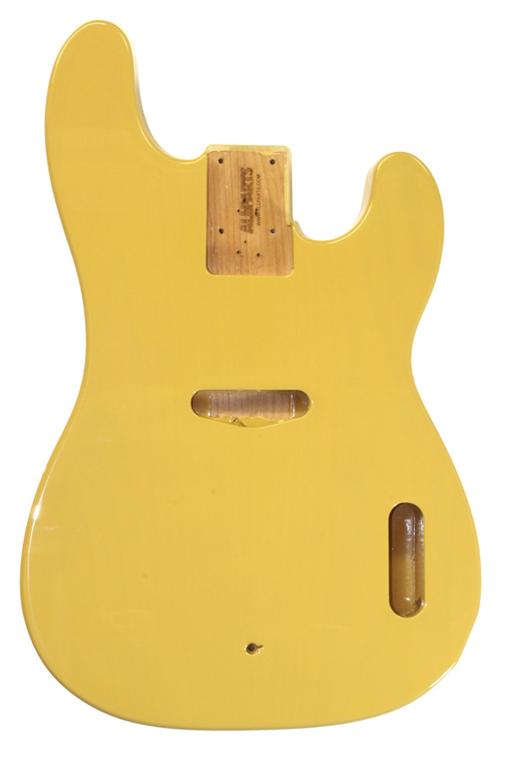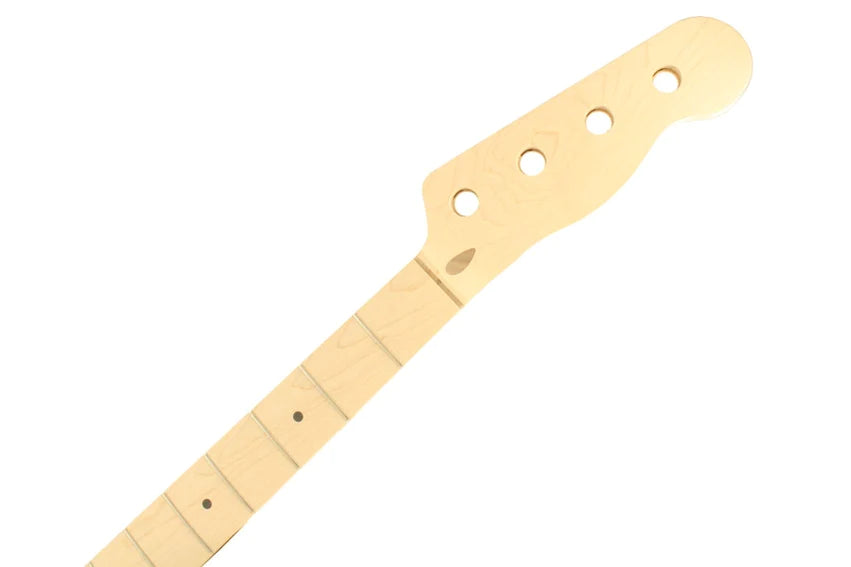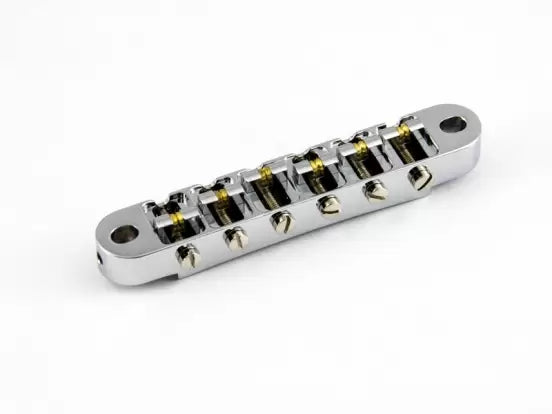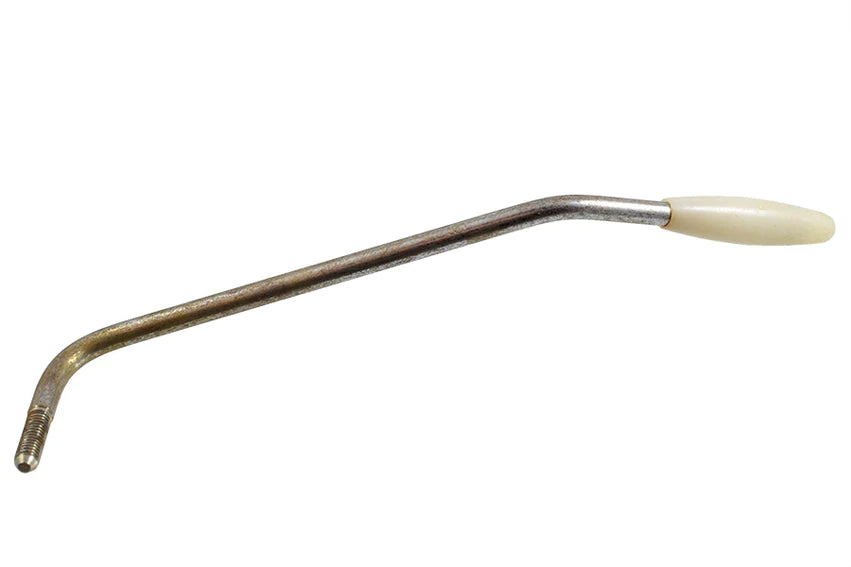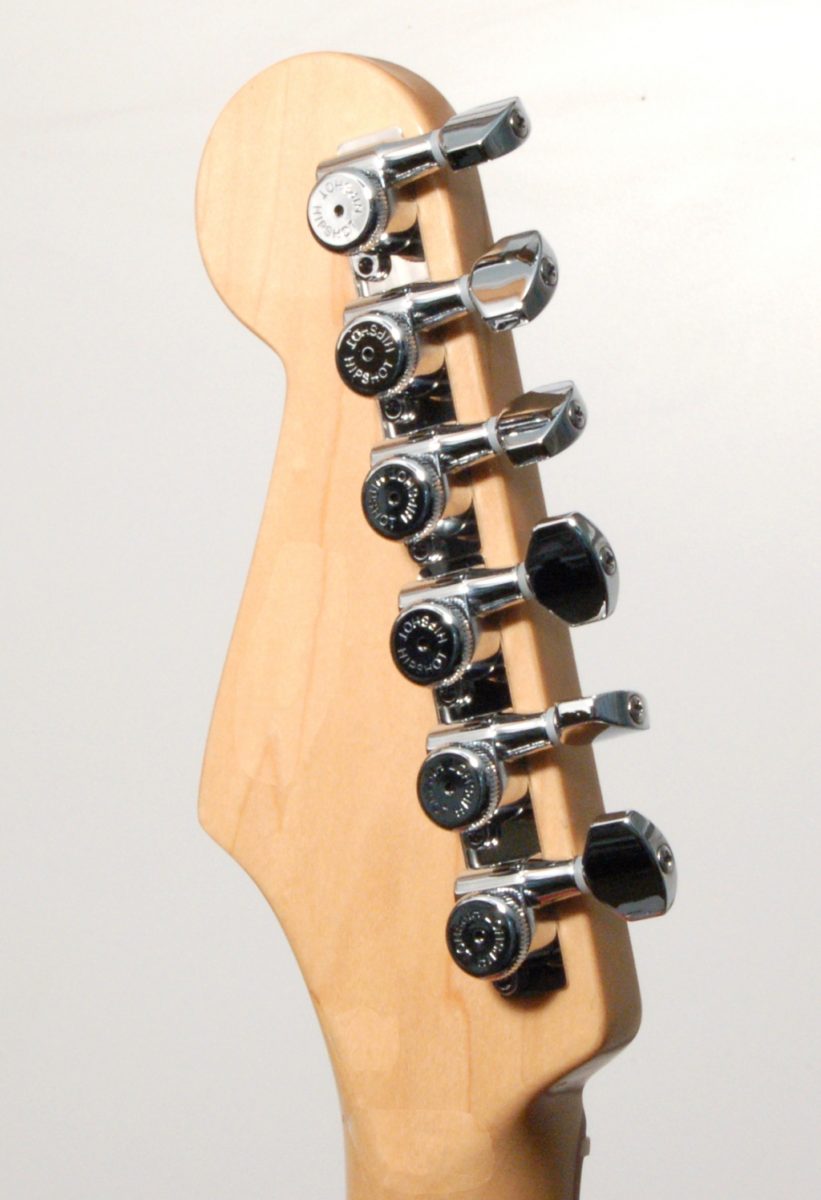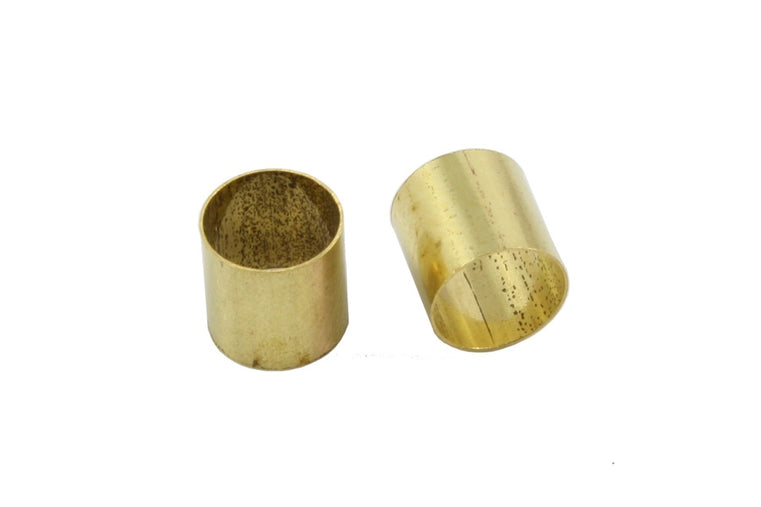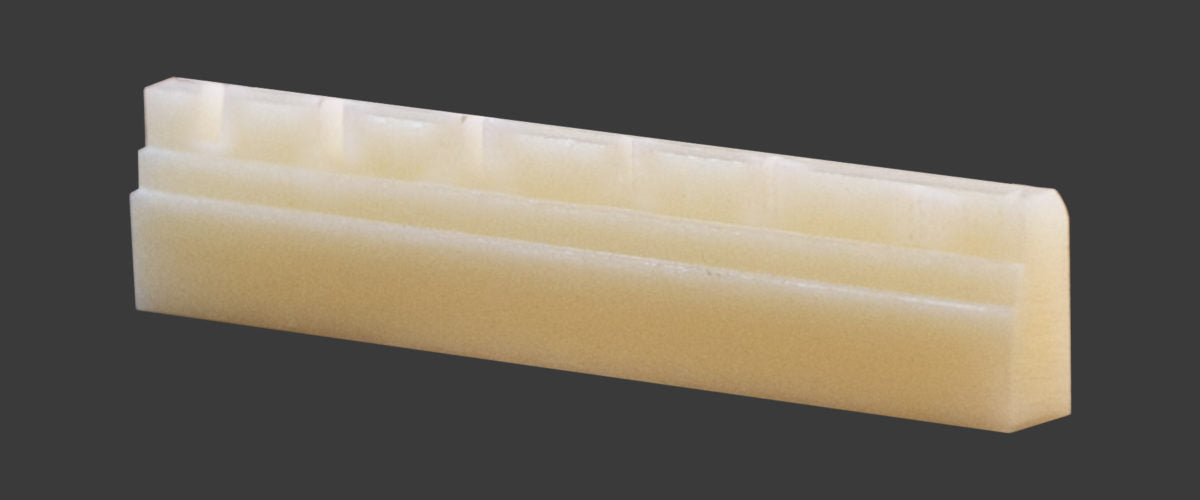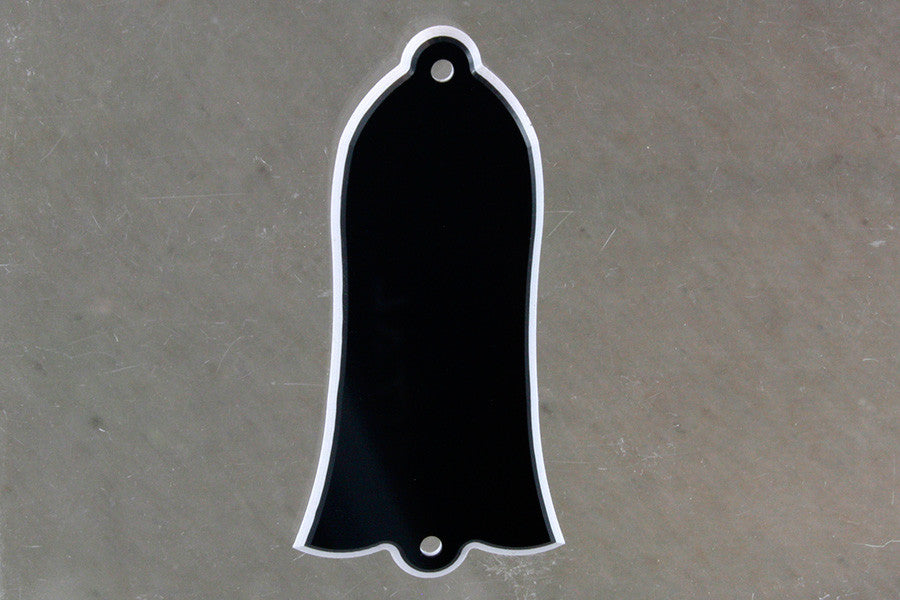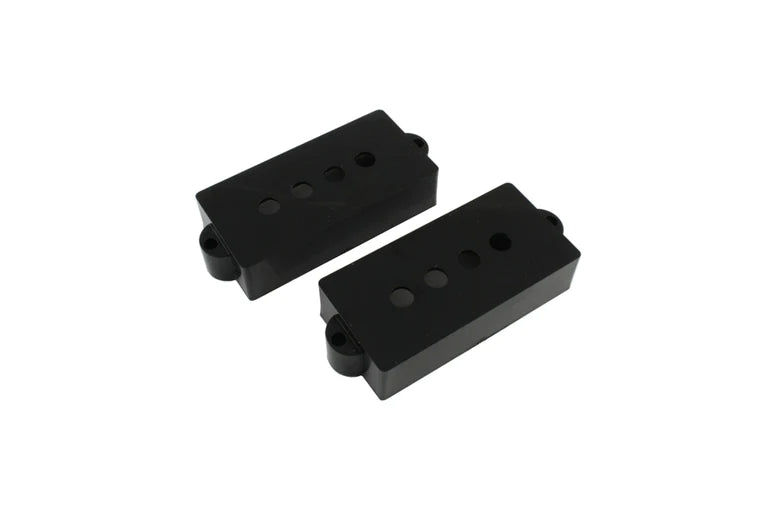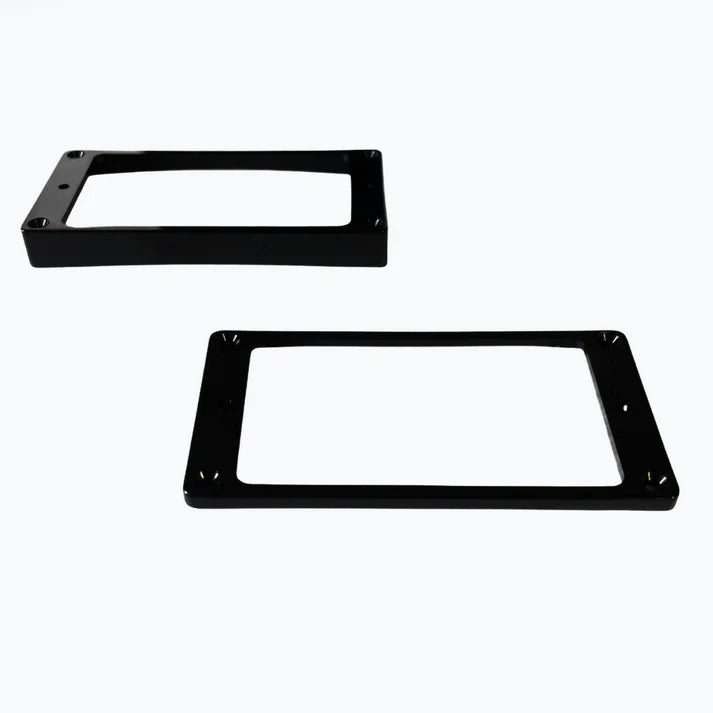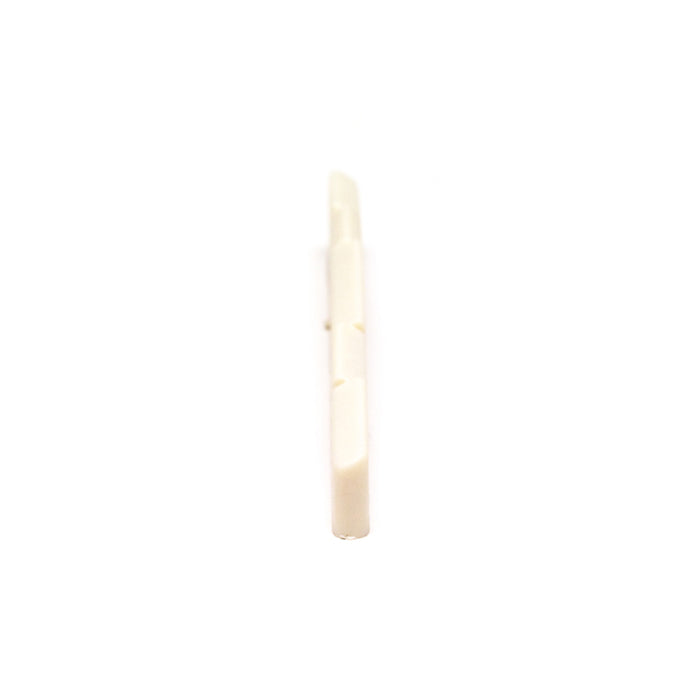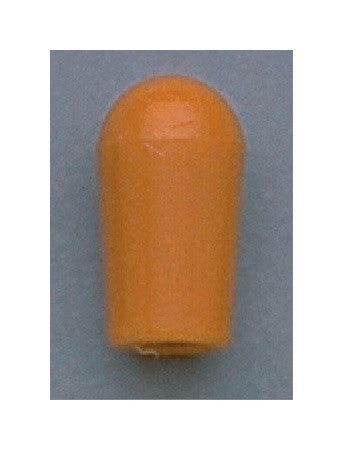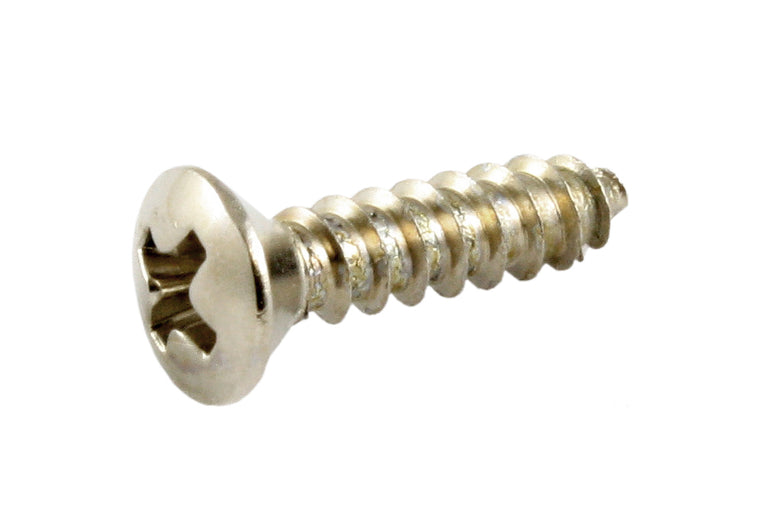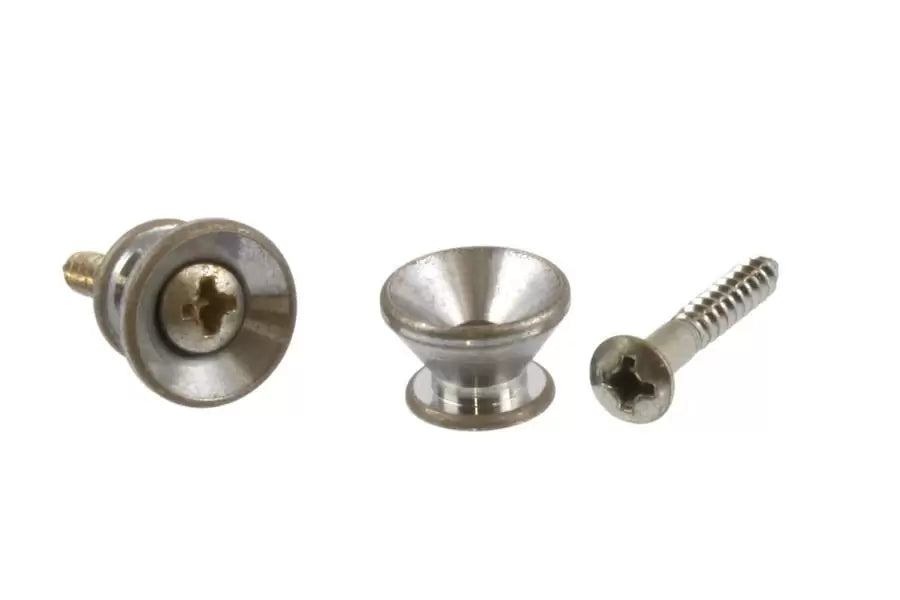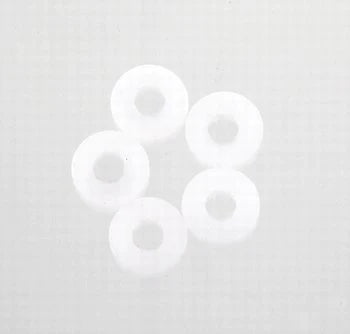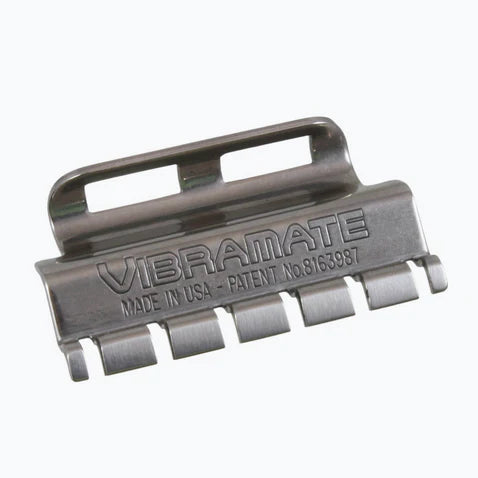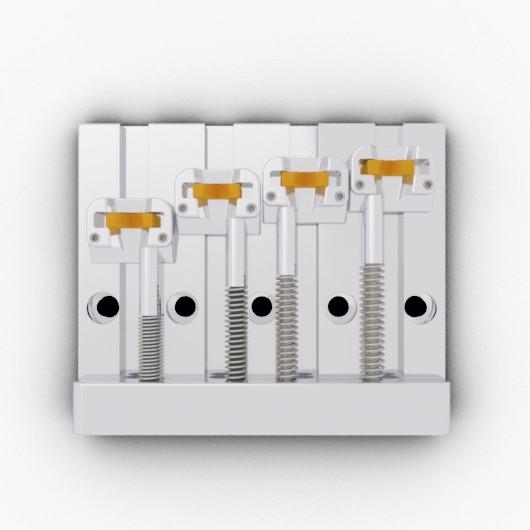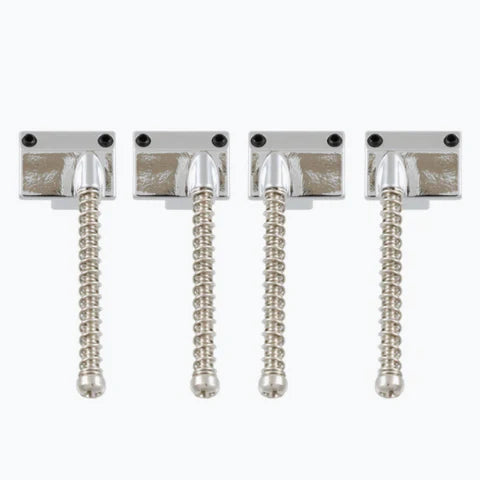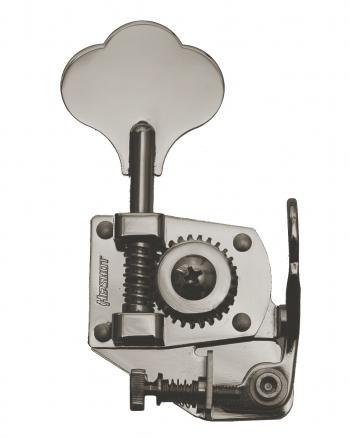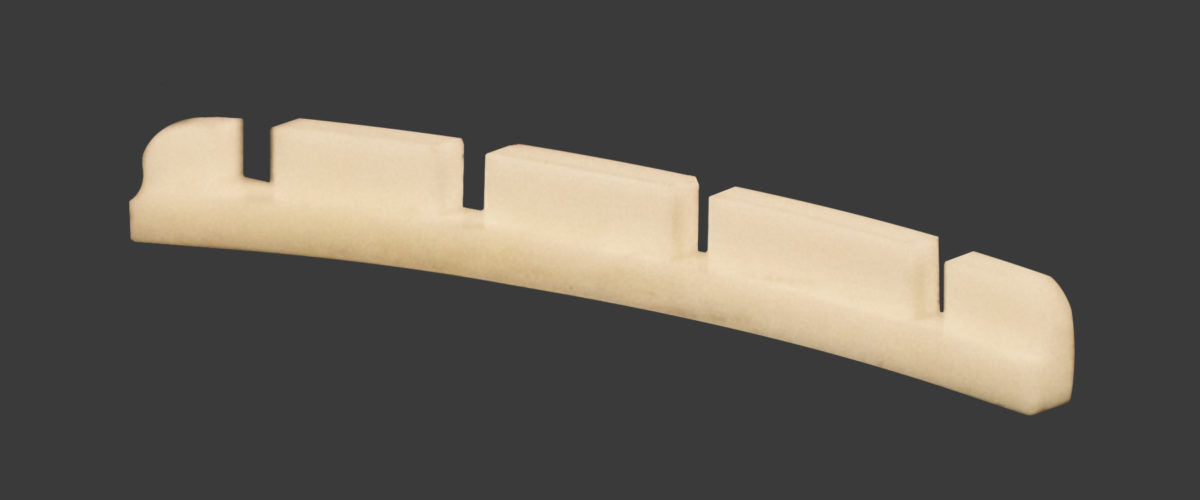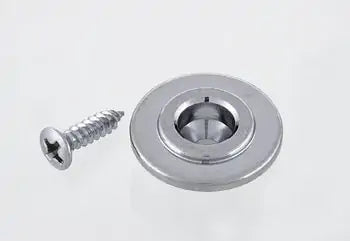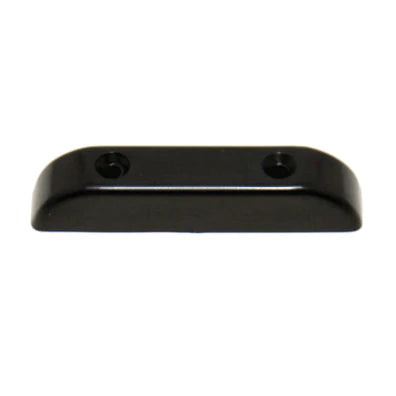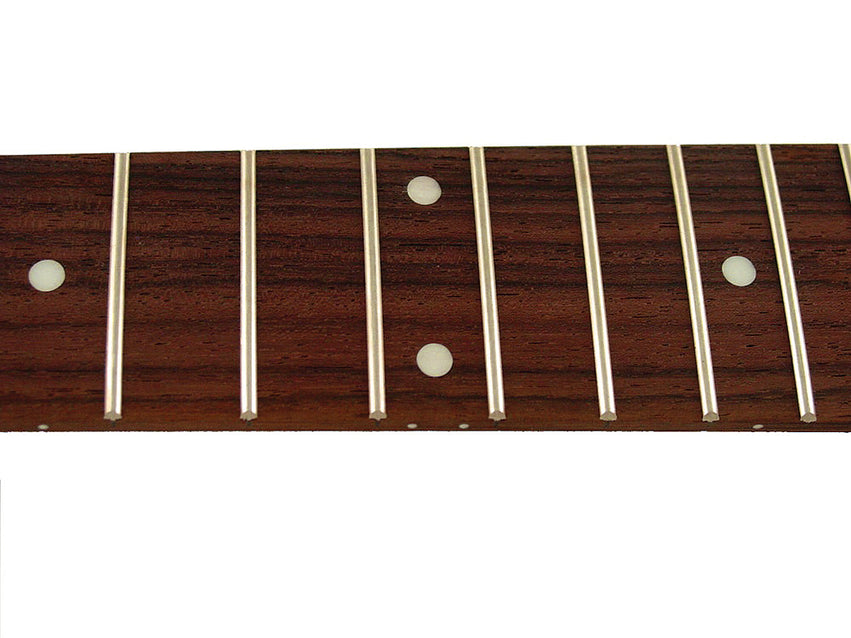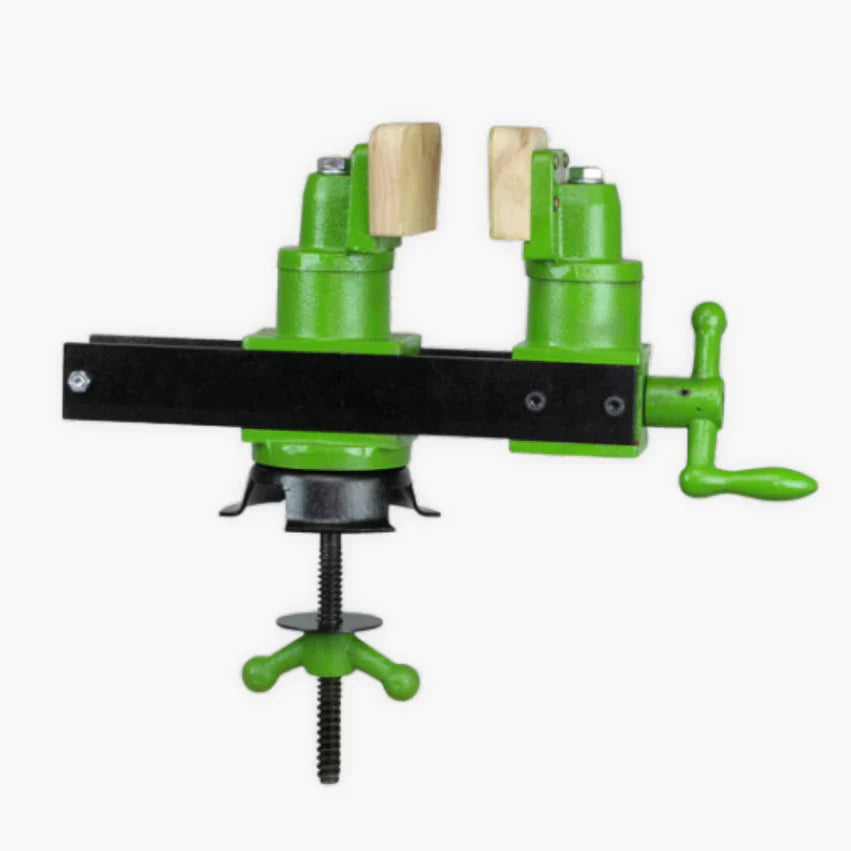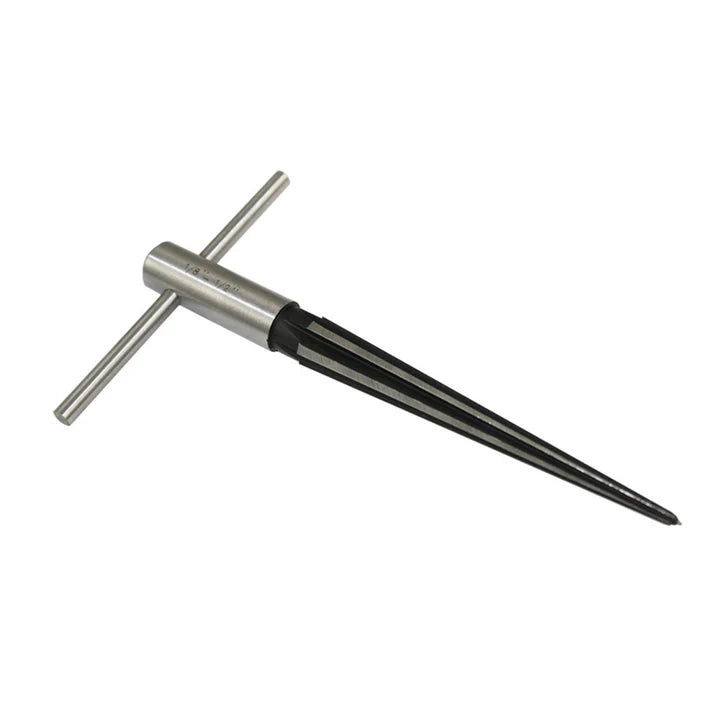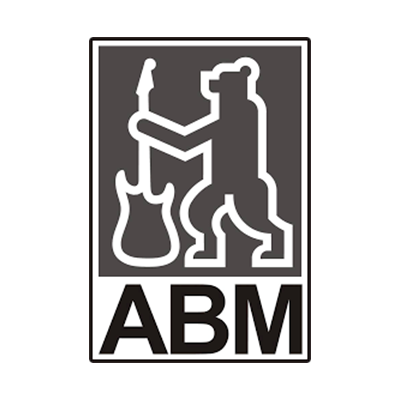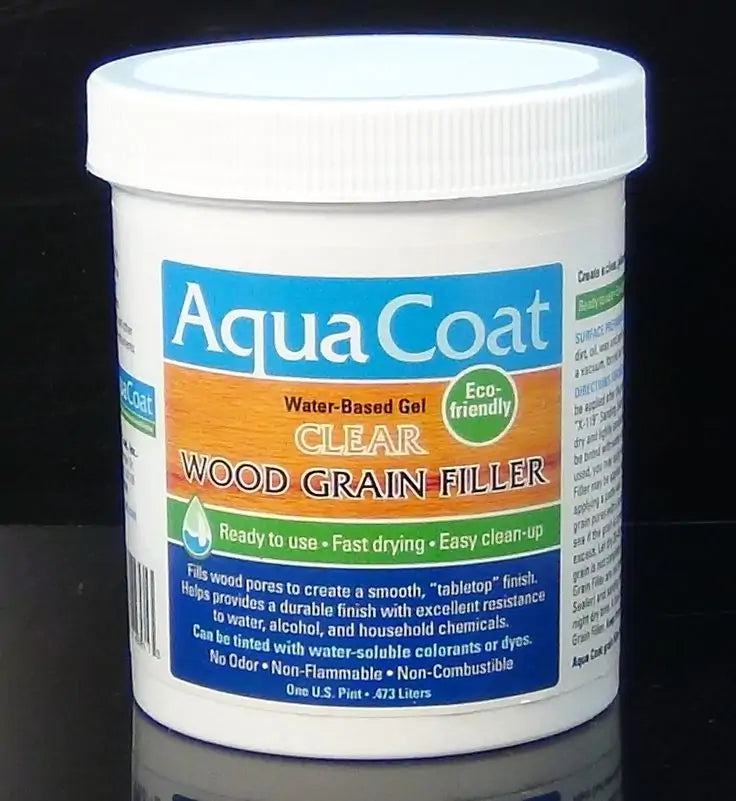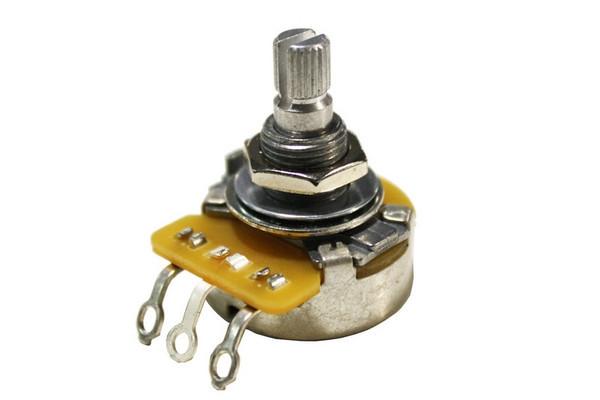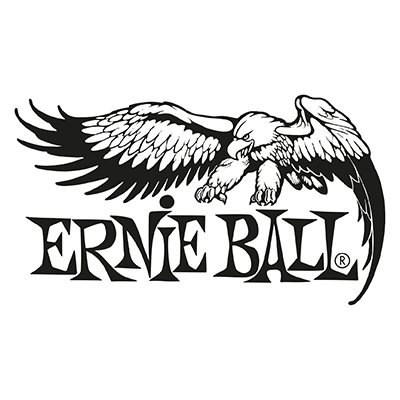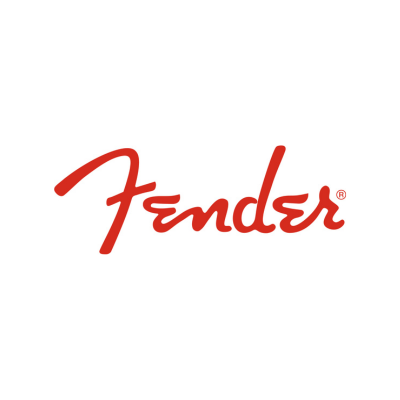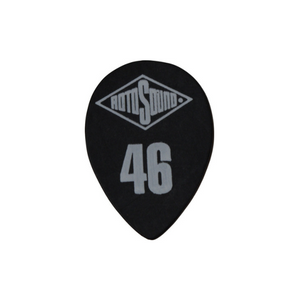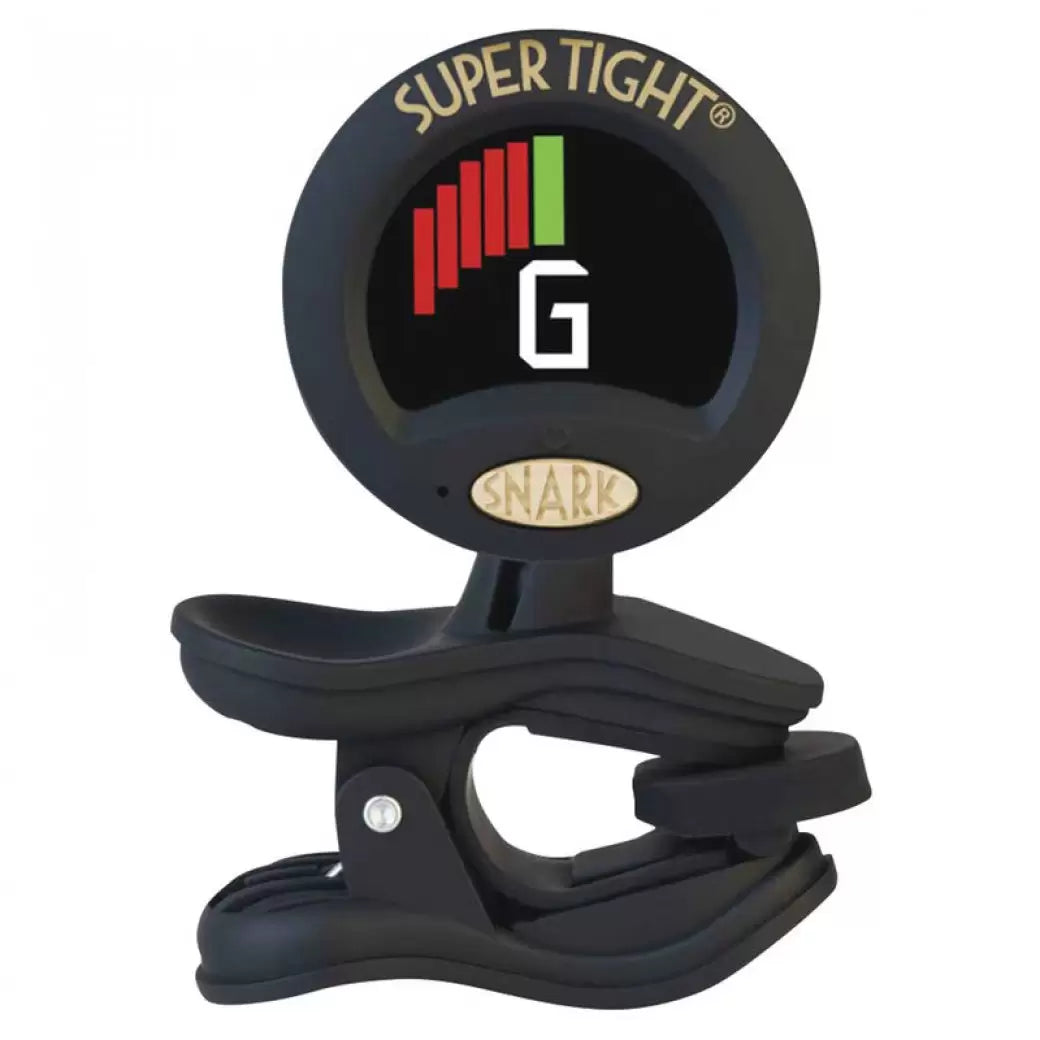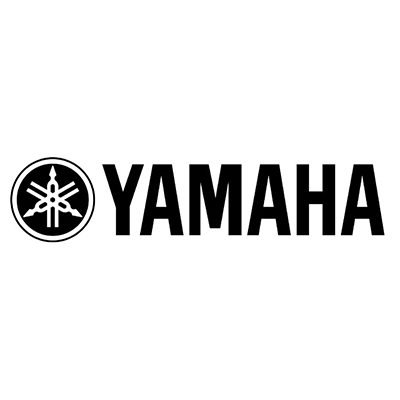Neck Relief
Some of the issues with the playability of a guitar stem from the nature of the instrument itself.
To achieve a higher pitch than the open string, the string length needs to be shortened. The take-off point of the string is fixed at the bridge, and fretted at another point along the fretboard. Because the location and height of the bridge is fixed, this means that the angle of the string from the fret to the bridge is greater when fretted higher up the neck (i.e. nearer the bridge) than it is when using the frets nearer the nut. This generally has the consequence that the available clearance for the fretted string to vibrate (being the height of the string above the fret immediately adjacent to the point at which the string is being fretted) is less lower down the neck than it is higher up.
This is the rationale for having an amount of relief (upward/forward bow) in the neck sufficient to enable the strings, when fretted nearer the nut, to vibrate without buzzing (i.e. contacting the top of the adjacent fret).
Compound Radii
Playability problems were exacerbated by the introduction of radiused fingerboards.
Historically, guitar fingerboards were flat and the nut and bridge were likewise flat. To make the playing experience more comfortable (especially the forming of chords), manufacturers began to add a radius to the fingerboard. In order to make the string height from the frets as uniform as possible across the fingerboard, both nut and bridge had to likewise be radiused. Unfortunately, this meant that when a string at the edge of the fingerboard is bent towards the centre of the fingerboard, the angle of that string relative to the bridge reduces because the centre of the board is higher than the edges. This can cause the string to buzz or at worst choke – this problem is more pronounced with tight radius necks such as the older style Fender necks which have a 7.25” radius.
To mitigate the above effect, manufacturers have introduced compound radius necks – generally with a tighter radius at the nut end of the neck (where bending is less of an issue) and a flatter radius further up the fingerboard – 10” at the nut increasing to 16” at the guitar body is not uncommon.

